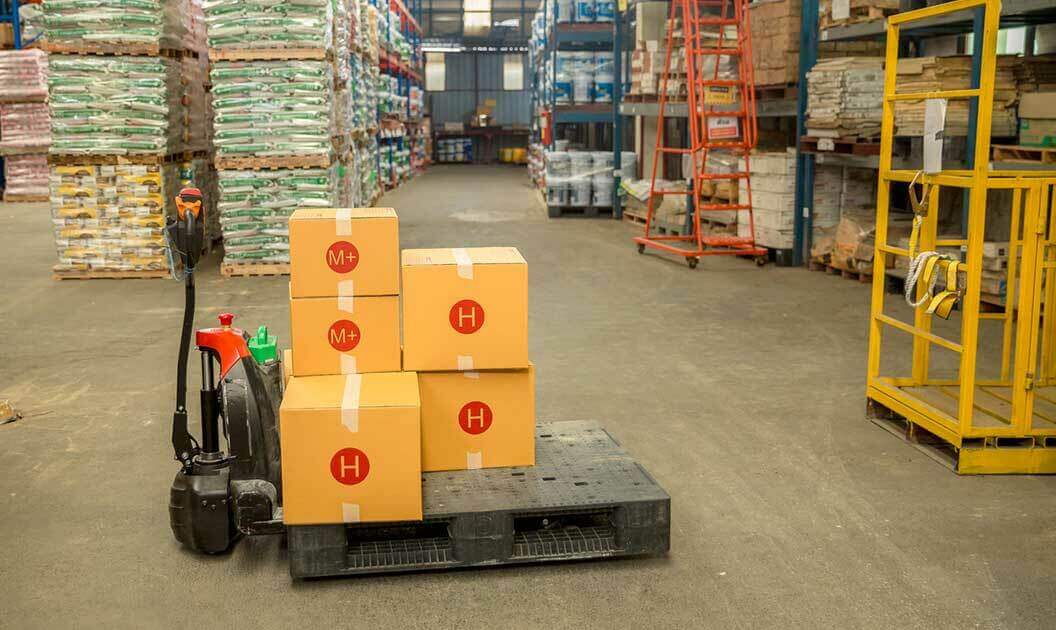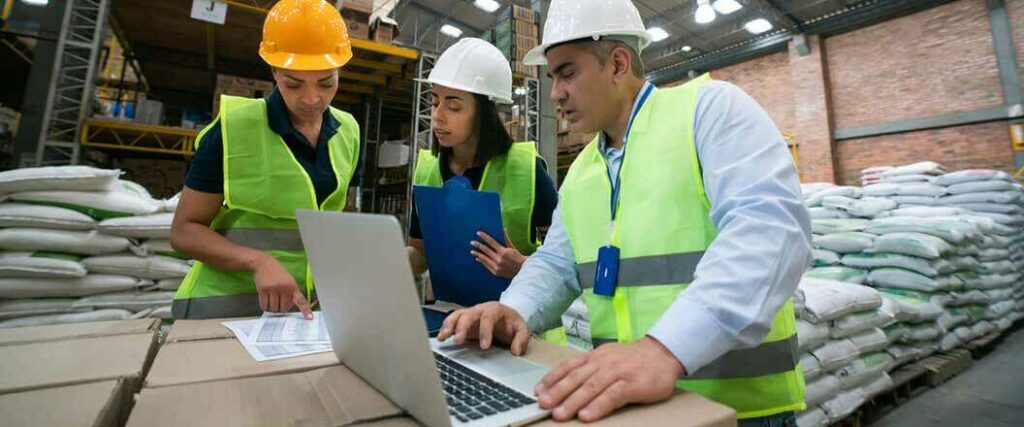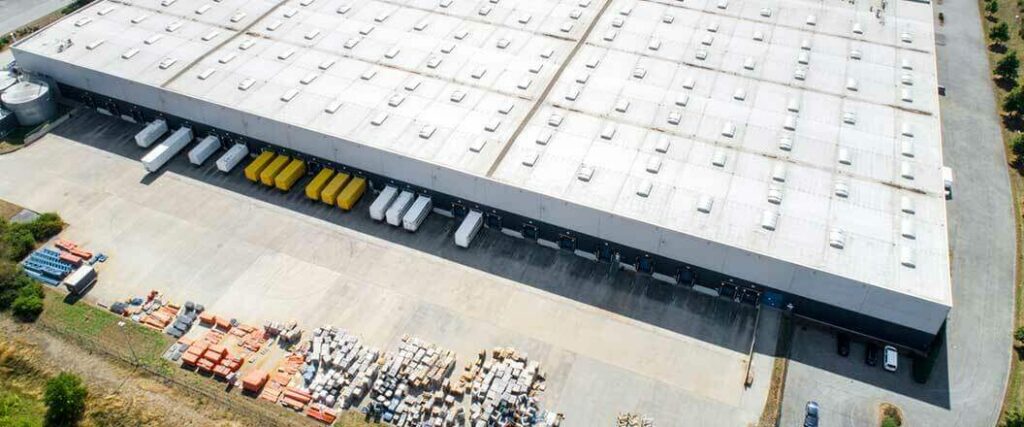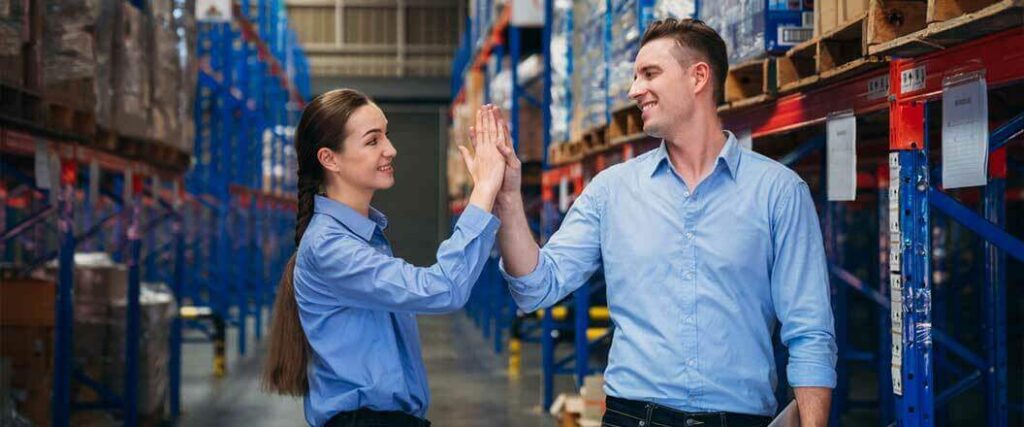
 Copy URL to Clipboard
Copy URL to Clipboard
The Council of Supply Chain Management Professionals (CSCMP) describes 3PL as a service that outsources key elements of supply chain operations to a third party. This includes pick and pack fulfillment, packing and shipping orders, and retail inventory management. 3PL services let businesses improve their logistics operations.
How does 3PL work? Businesses that perform their own logistics can be easily overwhelmed by this essential operation. In some cases, companies don’t have the warehousing or distribution capabilities they require. To rectify this problem, retailers hire third party logistics providers to help them overcome these challenges.
Our guide will teach you more on how 3PL works and the benefits of hiring a third party to handle your supply chain operations.
Table of Contents

3PL refers to the outsourcing of logistics services to a third party company. This kind of partner can take care of logistics functions that might be too costly to perform in-house. As a result, taking advantage of 3PL services can help with managing costs.
The following are key functions of 3PL operations:
3PL companies offer a wide array of services that run the gamut of the supply chain:
When working with a 3PL partner, businesses will gain access to a variety of comprehensive services.
If you’re looking for a 3PL provider, Fulfillment & Distribution has you covered. All you need to do is let us know what you require, and we’ll deliver with our top-notch services.
Service fees and pricing models are the primary factors that influence 3PL costs.
First, we’ll discuss the 3PL pricing models that businesses can choose from:
These are the primary models that 3PL service providers will charge their customers. We’ve included some estimates on how much each one can cost.
| Monthly Fee | Cost |
| High | $10,000 |
| Medium | $5,000 — $7,500 |
| Low | $1,000 — $2,500 |
Based on industry estimates*
As this data shows, the amount the flat-rate pricing model can cost varies greatly. Keep in mind, these are estimates, which means actual prices will fluctuate. We’ve also included some data on the expenses that can be incurred when using the variable pricing model.
| Service | Estimated price range |
| Storage | $0.10 — $0.50 per pallet space/cubic foot |
| Pick & pack | $0.50 — $2.00 per order |
| Kitting & assembly | $1.00 — $5.00 per unit |
| Minimum monthly fee | $1 — $500 |
Based on industry estimates
For businesses that have lower demand, variable pricing might be a more reasonable option to use. The flat-rate and variable cost structures are the two most common models used by 3PLs.
Other options they may provide include:
Businesses should carefully consider the pricing model of a 3PL logistics service provider to find one that’s right for their needs.
Service fees are the other factor that will impact expenses:
The amount these fees will cost can vary from one provider to the next.

Businesses that struggle with order fulfillment often outsource this operation to a 3PL company. These providers perform this task in a streamlined series of steps.
We’ll lay out each step so you can see how efficiently a 3PL performs this service.
3PLs need to receive goods before they can send it out to a customer. When the items arrive at the warehouse, personnel will conduct a thorough check-in process.
During this time, they check for:
Goods will then undergo a quality control check. The products are entered into a warehouse management software for visibility. Each SKU that’s stored is put into a separate area in the warehouse.
Items can be kept in the following places:
It’s important for retailers to work with a 3PL partner that has enough storage space. At Fulfillment & Distribution, we have thousands of square feet of space available at strategic locations nationwide.
Warehousing is a cornerstone service that goes beyond mere storage.
These services are great for businesses that need to outsource order fulfillment to a third party retail shipping warehouse to compensate for the space they lack.
The picking process starts soon after a customer submits an order. 3PLs will prioritize each load based on urgency, shipping method, and buyer requirements. This ensures that time-sensitive shipments will receive the attention they deserve.
3PLs retrieve purchased goods using three common strategies:
Each of these methods reduce errors during the picking process. Afterward, a 3PL will perform another quality check of the ordered items before they’re packed and palletized.
When the items in the order have been picked, it’s time to start packing. The packing phase involves meticulous attention to detail to safeguard items during transit and maintain the integrity of the order.
Many packing materials will be used, such as:
When picking and packing are combined, they form pick and pack fulfillment services. 3PLs will also verify the weight and dimensions of the packages or palletized load. Information about the shipment is included in all applicable documents.
Loose packages and palletized loads come with shipping labels attached. These also contain details about the cargo and ensure the shipment can be tracked throughout the supply chain.
After an order is packed, it’s time for it to be shipped. The speed of transport depends on what is offered by a business. Most carriers can provide anything from standard to transport to expedited delivery.
3PLs will pick a shipping provider from their network that’s best suited to handle the load. They also find carriers that offer the most affordable rate.
After the item is shipped, warehouse management software can push tracking information into your ecommerce or business enterprise system using a shipping API. This means businesses and customers can easily track orders as they travel to the final destination.
Customer returns can happen if they’re not satisfied with a product or if the goods arrive damaged. When this happens, businesses will need reverse logistics services.
This operation consists of:
A 3PL partner can include shipping labels with each order to ensure returns make it back to the proper warehouse. This can be convenient for businesses, as they won’t have to handle returns in house. Additionally, customers can also track the status of their return as it moves through the reverse logistics process.

Most eCommerce businesses and retailers can benefit from working with a 3PL fulfillment partner. Regardless of industry, product, or platform, outsourcing logistics services can be a wise move.
Outsource to a 3PL partner when dealing with:
As order volume goes up, more space is needed to store inventory. A business that starts off small will need to expand into a warehouse when purchases meet a certain threshold.
Additionally, outsourcing to a 3PL can help with managing inventory levels and improving organization. This lets business owners focus more on scaling their operations without worrying about the legwork and logistics of storing items.
Once order volume reaches 100 orders a month, it’s usually a good idea to outsource shipping and logistics. Performing low-value tasks like kitting, assembly, and preparing items for shipping can eat away at the bottom line of a business.
Customers may want faster delivery options than what businesses can provide. Leaving fulfillment to a 3PL partner can help speed up the order fulfillment process, allowing retailers to stay competitive in the world of quick deliveries.
Businesses that want to expand their reach into different areas might not have the funds to establish warehouses. Fortunately, 3PL providers have facilities located throughout the country. Using their services gives retailers the opportunity to connect with new customers.
All 3PLs have skilled professionals from all corners of the logistics industry. Their knowledge about the movement and storage of goods typically exceeds that of most business owners. Retailers can take advantage of this experience and improve their overall operations.

Businesses will find a number of reasons why outsourcing to a 3PL distribution services provider can be beneficial for their operations.
It can be expensive for retailers to perform their own logistics operations. When businesses outsource these functions to a 3PL, they’ll be able to save on how much they spend on these services. Third party providers can perform these duties much more cheaply.
Order fulfillment also takes up a considerable amount of time. 3PLs can complete this task much quicker than most retailers. As a result, businesses that outsource their logistics operations are able to save on costs and reduce the amount of time it takes to send out an order.
Retailers will experience an increase in sales during different parts of the year. As demand from customers fluctuates, the amount of services and storage space needed by businesses will change as well.
3PLs offer scalable solutions that let retailers swiftly and efficiently adapt their logistics operations without the need for permanent expansion. This flexibility ensures that a business can handle a surge in demand seamlessly.
It can be difficult for retailers to focus on core competencies while they’re trying to balance out logistics operations.
Outsourcing these responsibilities to a 3PL will help reduce these distractions for businesses.
With a 3PL partner by their side, retailers will be able to focus more on internal company needs.
Supply chain disruptions are a serious threat faced by businesses. These can be caused by factors like pandemics, weather scenarios, and events occurring overseas. Partnering with a 3PL lets retailers avoid these challenges.
Third party logistics providers have relationships with numerous carriers. If something goes wrong with one, they can easily find another shipping company to move a retailer’s goods.
A 3PL service provider has the ability to identify potential issues before they occur. Retailers can use this expertise to prepare for problems that could take place in the future.
If you’re in dire need of assistance with your logistics operations from a third party, then Fulfillment and Distribution stands ready to be your trusted partner. Our commitment to excellence goes beyond theory – it's ingrained in every service we offer.
Explore Our Related Services:
At Fulfillment and Distribution, we don't just provide services; we craft solutions that propel your business forward. Our experienced team is dedicated to ensuring that your logistics operations are not just efficient but exceptional. Get started today by filling out one of our quotes or calling our team at (866) 989-3082.
